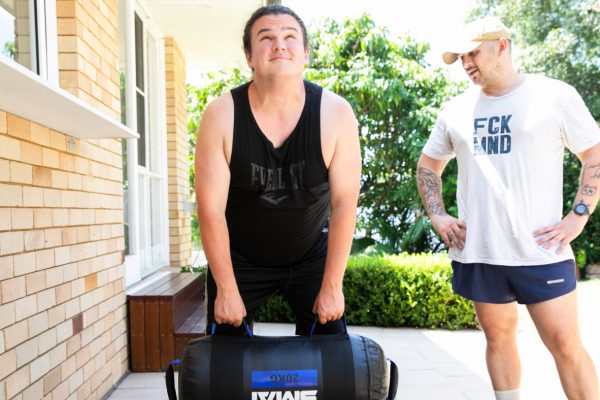
Planning for your child’s future
A major concern for any parent raising a child with special needs is who will support their child when they are no longer around or no longer able to provide love and care for them.
It’s not a topic anyone likes to dwell on, but the stark truth is, none of us are going to be around forever and if your child is dependent on others, plans do need to be put in place to ensure their continued health and wellbeing throughout their entire life. The more informed you are, and the earlier you start looking into your options, the better off your plan will be.
Instead of feeling overwhelmed, it’s important to look at this as a positive step – one that will help put your mind at ease regarding the future of your child.
So what can you do?
STEP 1: CREATE A VISION FOR THE BEST POSSIBLE FUTURE FOR YOUR CHILD
A formal vision of care can bring some clarity to your hopes for your child and can also address the practical elements of their day to day needs. You can replace the worry and fear of the future with certainty and hope
by getting all your thoughts down on paper – something concrete that you (or others in your absence) can refer to. This document can be updated as your child grows and develops and their needs change.
The more clarity and detail in the planning, the easier it will be for others to continue on with the plan.
Here are some questions to get you started:
- What are the hopes and dreams you have for your child’s future?
- What is the best environment for your growing child?
- How can they best communicate their needs?
- What safety requirements and other care elements are needed day to day
- What is the best place for education?
- Who are the closest people in your child’s life?
- Make a list of family members or friends who can make decisions on behalf of your child/
- What community supports can help?
What brings your child happiness? What do they love?
STEP 2: GET FUTURE FINANCES IN ORDER
Addressing the financial element of your child’s future care is one of the most practical and important steps you can take. The sooner you look at your options in this area, the better. Some things to consider include:
CREATE A SPECIAL DISABILITY TRUST
This is an important part of your child’s long- term financial plan. This type of Trust was introduced by the Federal Government in 2006 and is part of Australia’s social security framework.
A Special Disability Trust (SDT) allows parents and immediate family members to plan for current and future needs of a person with a severe disability. The trust can pay for reasonable care, accommodation and other discretionary needs of the beneficiary during their lifetime. There are very specific rules and criteria governing the Trusts – more information can be found on the Department of Social Services website.
Alternatively, you can seek legal advice from an organisation such as State Trustees (www.statetrustees.com.au).
WRITE A WILL
A will clarifies what will be done with your assets after you pass away. If you have a Trust set up for your child your will can ensure that your assets are transferred to this and not directly to your child. In your will you can also specify a Guardian who will take care of your child. It’s highly recommended to seek professional support when setting up these types of legal documents.
NAME A GUARDIAN
A Guardian is the person who will care for your child when you are no longer able
to. A lot of consideration needs to go into your decision and you need to ensure that the person you nominate is aware of your decision and their obligations as Guardian. Often, a sibling or another younger relative is asked to ful l this role but it can be any one you choose. It is also important to appoint a backup Guardian in case your first choice is unable to care for your child. Once again a legal representative will assist in the documentation required.
NAME A TRUSTEE
A Trustee is the person who will be responsible for managing the Special Disability Trust after your death. It can be a family member, a friend, an independent professional trustee, or even a bank or lawyer.
STEP 3: LIVING ARRANGEMENTS
It’s important to consider what the best living environment for your child would be. Where would they thrive? Who would they live with? What are all the options available?
This will vary considerably depending on the level of independence of each child, as well as family supports that are in place. It’s important to link in with local community services, and research the options available for community care facilities.
It’s only natural to feel overwhelmed when you think of your child’s future when you are no longer in it. However, embarking on a positive plan for your child now will ensure they have every opportunity to live a happy and inclusive life.
For more information:






